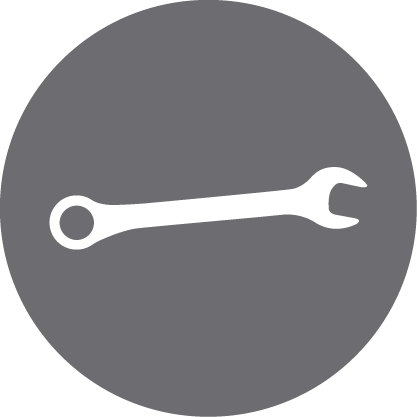According to the global information resource, NPD Group, the automotive aftermarket industry grew to $14.6 billion in 2015, with dollar sales increasing by 3.9%. The aftermarket’s robust performance is attributed to record sales of used cars—nearly 40 million were sold in 2015. Other favorable influences include additional miles driven due to dipping gas prices, plus unusually harsh weather in many parts of the U.S. The coldest February on record boosted sales of batteries, washer fluid, and antifreeze.
Today the DIFM market represents 74% of total parts sales. By 2025, it’s estimated to reach 78%. New-vehicle dealers are expected to pick up aftermarket parts volume (approx. $4 billion) as well as gain share—growing from 17% ($13 billion) in 2013, to 20% ($18 billion) in 2025. At the same time, non-dealer DIFM shops will barely expand their market share of aftermarket parts, but their parts volume should reach approximately $9 billion. This represents an increase from 57% ($43 billion) to 58% ($52 billion).
Several factors favor increased service traffic for dealers, including more complex vehicles, better access to OEM training, and sophisticated marketing. However, other essentials, such as price and convenience should work to the advantage of non-dealer service operations.
Opportunity:
Obviously, used or aging vehicles generate a greater need for repair and replacement parts. Dealers have only about 30% of today’s repair bay capacity, and realistic projections of future capacity restrain their potential gains in share.
Nathan Shipley, NPD Group director and automotive aftermarket analyst, advises the aftermarket industry to connect with used car buyers immediately after purchasing their vehicles. His message is straightforward: “…talk to those consumers about what type of maintenance needs to be done on their recently purchased used car.”
Will How Much, Replace, How Far?
Additionally, Shipley predicts that miles driven will take a backseat in driving the aftermarket forecast. Based on miles driven weakening as a market influencer, he places emphasis on price, explaining that, “…retail price becomes a much more important factor in this year’s forecast. Pricing drove a lot of what we saw in terms of change in 2015, and will be an influential driver in 2016.”
(Source: AASA DIFM Outlook 2025, February 2016)
(Source: NPD Group; aftermarketNews, March 9, 2016)































